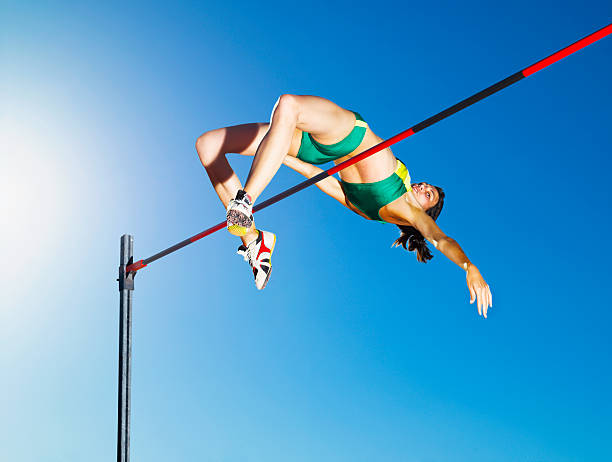Breaking Down the Science of Jumping Higher: A Comprehensive Look at Vertical Leap
Jumping is a fundamental movement in several sports disciplines, from basketball and volleyball to athletics and gymnastics. One of the defining features of an athlete's performance in these sports is their vertical leap. The ability to jump higher than your competition could be the difference between a winning spike in volleyball or a slam dunk in basketball. But what does science have to say about jumping higher? Let's delve into the depths of vertical leap and its components, from the role of genetics to the impact of training regimes and the science of the perfect jump.

The Anatomy of a Jump: Understanding the Basics
The vertical leap is a measure of an athlete’s explosive power. Physiologically speaking, a vertical leap involves two main components: the strength of the athlete’s muscles and the speed at which they can use that strength. The muscles involved in a jump include the quadriceps, hamstrings, glutes, and calves. In our daily lives, we use these muscles to walk, run, and climb stairs. In a vertical jump, these muscles are used more explosively, requiring a blend of strength, power, and coordination.
The Genetics of Jumping Higher
Genetics play an essential part in an athlete’s vertical leap. Studies have shown that there’s a significant genetic component to jumping ability, with certain types of muscle fibers (fast-twitch fibers) being more conducive to explosive movements like jumping. These fibers contract quickly, providing the explosive force needed for high jumps. However, while genetics can set the stage, they don’t write the entire script. Training can significantly enhance an athlete’s natural jumping ability.
Training for a Higher Leap: The Role of Plyometrics
Plyometrics, or jump training, is a method used by athletes to improve their vertical leap. This training focuses on increasing the speed and force of muscular contractions, leading to greater jumping power. Exercises like box jumps, depth jumps, and power skipping are all forms of plyometric training. The goal of these exercises is to minimize the time spent on the ground and maximize the power of each leap.
The Science Behind the Perfect Jump
A perfect jump is not just about raw power—it’s also about technique. The angle of the jump, the coordination of the take-off, and the timing of the knee and ankle extensions all play key roles in achieving maximum height. Research shows that a take-off angle of about 60 degrees is optimal for maximizing vertical leap. In addition, a coordinated triple extension of the hip, knee, and ankle during take-off can significantly enhance jump height.
The Real-World Impact of a Higher Leap
A higher vertical leap can have a significant impact on an athlete’s performance in a multitude of sports. In basketball, it can enable an athlete to block shots, grab rebounds, and dunk more effectively. In volleyball, a higher leap can result in more powerful spikes and blocks. Even in sports where jumping is not the primary focus, such as soccer or tennis, a higher vertical leap can provide an edge, allowing athletes to reach higher balls and exert more power in their movements.
In conclusion, the science of jumping higher is a fascinating blend of genetics, training, and technique. While natural ability can provide a foundation, targeted training and a deep understanding of jumping mechanics can help athletes reach new heights. The quest for a higher vertical leap is a testament to the incredible potential of the human body, and the ongoing evolution of sports science continues to push the boundaries of what athletes can achieve.





